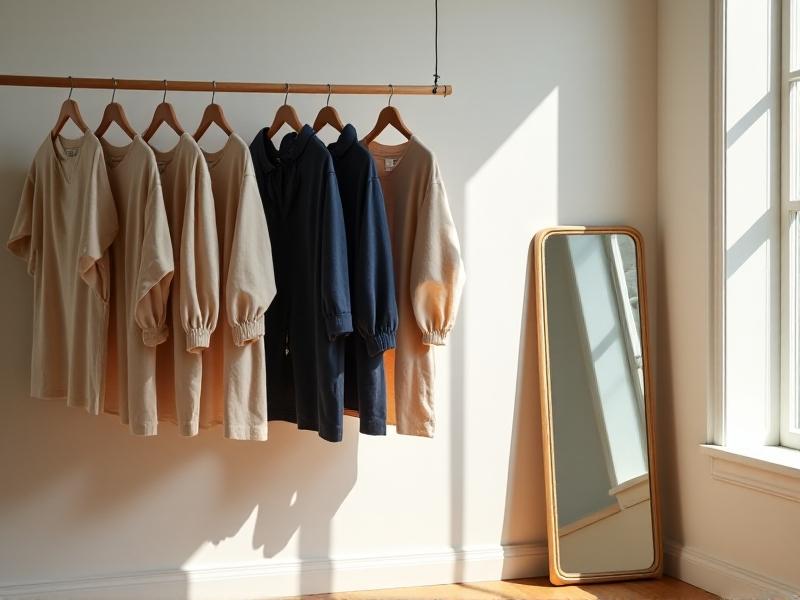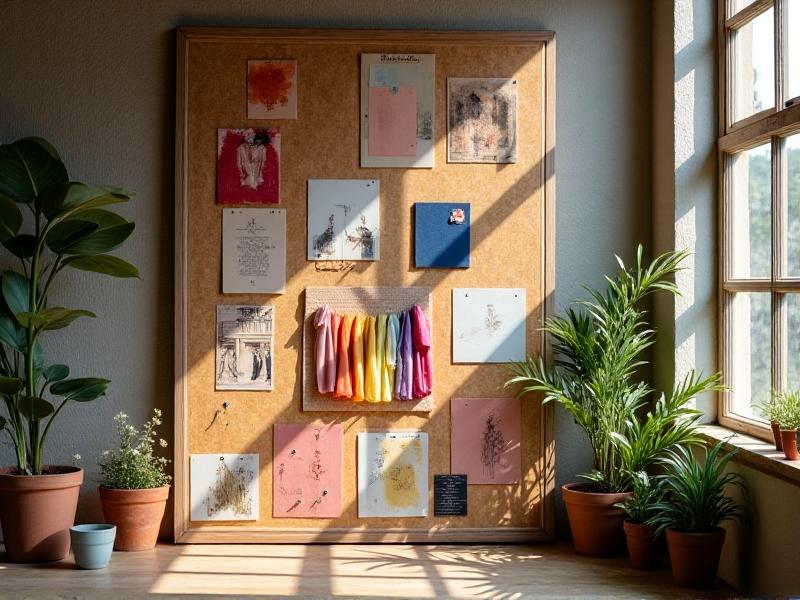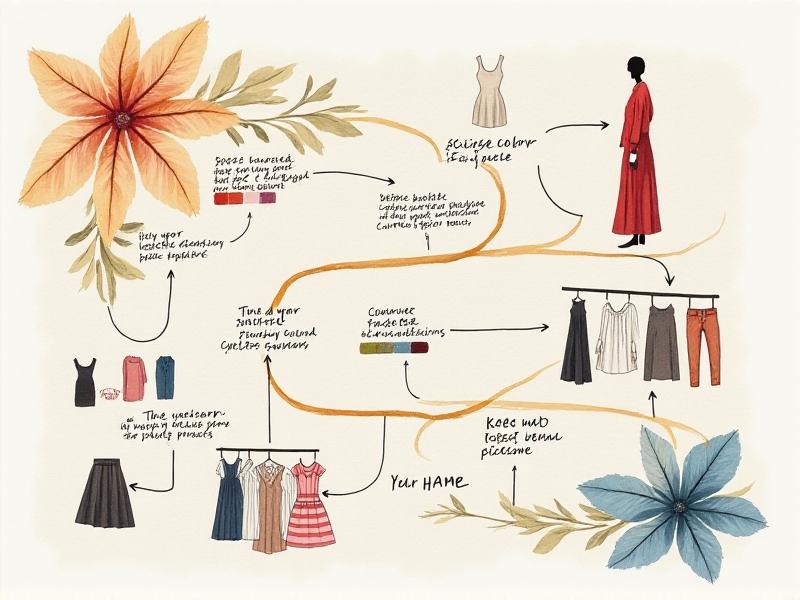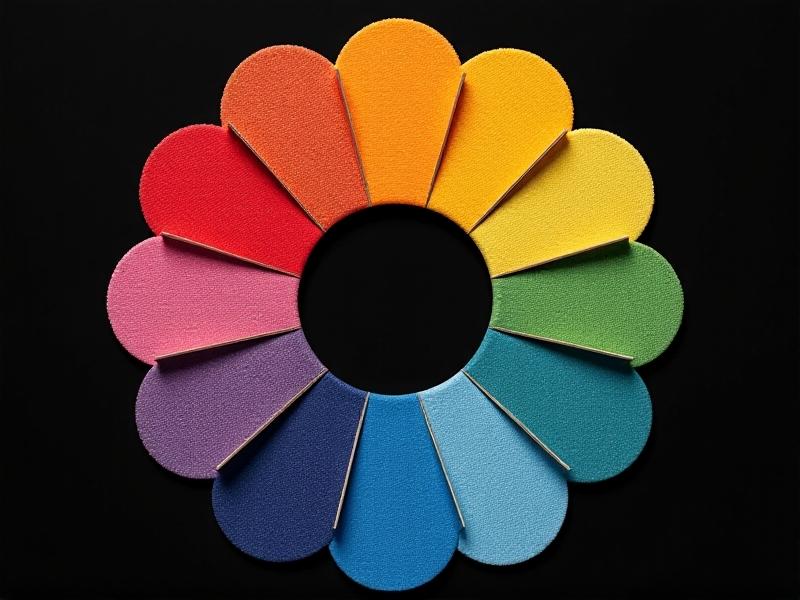```html
Wardrobe Engineering: The Intersection of Clothing and Personal Alignment

Clothing is more than fabric draped over skin—it’s a language. What we wear communicates values, aspirations, and even our internal state. Wardrobe engineering reimagines fashion as a tool for alignment, blending aesthetics with intentionality to create outfits that reflect and reinforce who we are. This approach moves beyond trends, focusing instead on how garments can support mental clarity, confidence, and purpose. Let’s explore how curating a wardrobe aligned with your identity can transform not just your style, but your daily experience.
Defining Wardrobe Engineering: Beyond Fashion Trends
Wardrobe engineering is the deliberate practice of selecting clothing that aligns with your lifestyle, values, and goals. Unlike fast fashion’s disposable mindset, it emphasizes quality, versatility, and emotional resonance. Think of it as building a uniform for your ideal self—pieces that feel authentically “you” while serving practical needs. For example, a remote worker might prioritize comfort without sacrificing polish, opting for structured linen blazers paired with breathable trousers. The goal is to eliminate decision fatigue by creating a cohesive closet where every item has a clear role.

The Psychology of Clothing: How Attire Shapes Mindset
Research in enclothed cognition reveals that clothing impacts behavior and self-perception. A lab coat worn as a “doctor’s garment” sharpens focus, while formalwear can boost abstract thinking. Wardrobe engineering leverages this by pairing clothing with intention: a tailored blazer for negotiations, flowing fabrics for creative brainstorming. One study found that participants wearing red performed better on detail-oriented tasks, suggesting color’s subconscious influence. By dressing for desired states—confidence, calm, creativity—we prime our minds to embody those qualities.
Building an Intentional Wardrobe: A Step-by-Step Framework

Start by auditing your current wardrobe. Remove items that no longer fit your lifestyle or self-image. Next, identify core activities: work, exercise, social events. Allocate clothing percentages accordingly (e.g., 50% workwear if employed full-time). Prioritize natural fibers like wool and cotton for breathability and longevity. Build around neutral basics—a well-fitted white tee, black trousers—then layer in accent colors and textures. Finally, establish a “uniform” formula: for instance, “top + bottom + third piece (blazer/cardigan)” to streamline mornings.
Color Alchemy: Using Hues to Amplify Energy
Colors act as non-verbal cues. Navy conveys authority in corporate settings, while earthy greens promote calm. Wardrobe engineering uses color psychology strategically: yellow accents for optimism during presentations, blue tones to foster trust in client meetings. Create a personal palette by identifying colors that complement your skin tone and evoke your target emotions. A capsule wardrobe might include 3 neutrals (black, beige, gray) and 2–3 accent shades. Note how olive green pairs with rust for autumnal warmth, or cobalt blue pops against charcoal.

Sustainable Alignment: Ethical Choices That Reflect Values
True alignment extends beyond self to societal impact. Fast fashion’s environmental toll—10% of global carbon emissions—clashes with eco-conscious values. Wardrobe engineering embraces slow fashion: mending garments, buying secondhand, or supporting ethical brands like Patagonia or Eileen Fisher. Consider a “cost per wear” metric—a $200 coat worn 100 times costs $2 per use. Natural dyes and organic materials reduce chemical exposure, while timeless designs prevent cyclical consumption. This mindfulness creates closets that honor both personal and planetary health.
Case Studies: Wardrobe Engineering in Action
Meet Sofia, a lawyer who replaced her cluttered closet with 10 mix-and-match work outfits in navy, cream, and burgundy. By eliminating “maybes,” she reduced morning stress and projected sharper professionalism. Then there’s Amir, a teacher who incorporated pockets into all his clothing for practicality, choosing durable cotton canvas pants. Finally, artist Lena uses color-blocked scarves to transition studio looks into gallery-ready ensembles. Each example shows how tailored wardrobes solve unique lifestyle challenges while reinforcing identity.
Maintaining Alignment: Adapting Your Wardrobe Over Time
Life shifts demand wardrobe evolution. A promotion might require more formalwear; parenthood could prioritize stain-resistant fabrics. Schedule seasonal reviews to reassess needs. Donate items that no longer serve you—Marie Kondo’s “spark joy” metric applies here. For weight fluctuations, consider adjustable designs: drawstring waists, stretch blends. Remember, alignment isn’t static. A post-pandemic world might hybridize loungewear with office attire, blending comfort and polish. Stay curious, allowing your wardrobe to mirror personal growth.
Wardrobe engineering isn’t about perfection—it’s about creating clothing systems that uplift and adapt. By aligning attire with inner values and outer goals, we craft wardrobes that don’t just clothe bodies, but empower lives.





